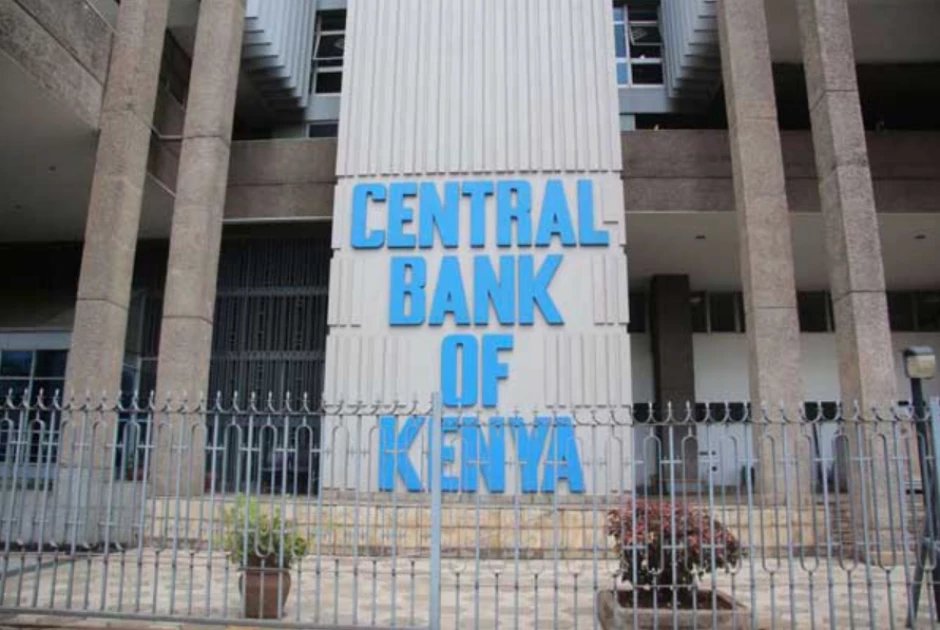Deputy President Kithure Kindiki has lauded the Central Bank of Kenya’s (CBK) decision to lower its benchmark lending rate to 9.5 percent, describing it as a milestone for the country’s economic recovery and growth.
In a statement, Kindiki said the move marks a turning point for Kenya’s economy, which has endured years of sluggish growth due to high interest rates and external shocks. “Kenya has turned the corner of macro-economic instability that had been occasioned by external and internal shocks. Kenya is on the rise,” the Deputy President affirmed.
The CBK on August 12 cut the rate by 25 basis points, marking the first time in nearly a decade that commercial lending rates have dropped below double digits. The regulator has now lowered rates seven times in two years, down from a peak of 15.75 percent, signaling a deliberate effort to stimulate investment and consumer spending.
Kindiki pointed to positive macroeconomic indicators, noting that inflation has remained low at between 3 and 4 percent over the past six months, a sharp decline from 9.6 percent in 2022. He also highlighted the shilling’s recovery, with the currency stabilizing at 129 against the US dollar for the past 18 months, compared to a high of 165. Import cover, he added, is approaching a record six months, strengthening resilience in the external sector.
Recent data from the International Monetary Fund (IMF) shows Kenya has climbed to become the sixth-largest economy in Africa, overtaking Ethiopia and Angola. The country has moved up two places from eighth, reflecting its growing economic significance on the continent.
Despite the optimism, Kindiki emphasized that the government’s next challenge lies in ensuring the benefits of macroeconomic stability reach ordinary households. “The hard work ahead involves acceleration of government policies, programmes and projects that will boost micro-economic indicators,” he said, citing the need for job creation, higher incomes, and increased savings.
Economists expect the rate cut to ease borrowing costs for businesses and households, unlocking fresh investments and spurring economic activity across key sectors.
With lower lending rates and improving fundamentals, Kenya’s economy may be poised for stronger, more inclusive growth in the years ahead.

